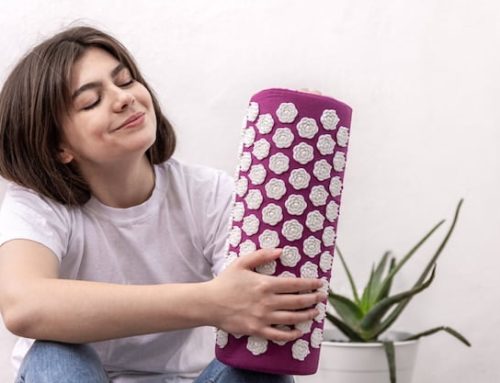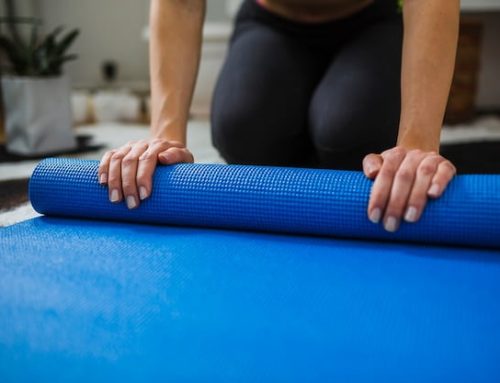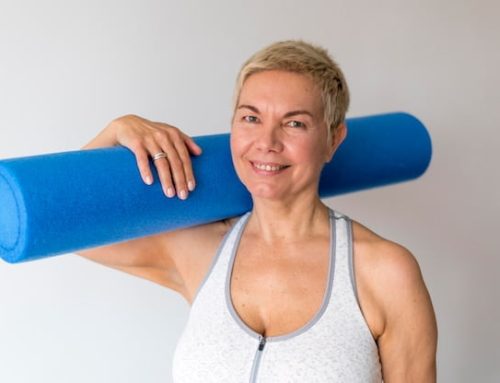The Benefits of Foam Rolling for Your Back
Do you ever find yourself constantly trying to crack your back but it never seems to provide any relief? Foam rolling could be the solution to your problem. Foam rolling is a form of self-myofascial release (SMR) that can help alleviate muscle tension and improve flexibility. In this article, we’ll discuss why your back may feel like it needs to crack and how foam rolling can help.
The Science behind Your Back Cracking
To understand why your back feels like it needs to crack, we first need to understand the science behind it. When you twist, bend or flex your back, the pressure in the joints can cause gas bubbles to form. The gas bubbles are usually nitrogen and carbon dioxide, which are naturally present in the synovial fluid that lubricates and nourishes your joints. When you crack your back, you release these gas bubbles, creating a popping sound.
However, cracking your back can provide temporary relief, but it doesn’t address the underlying issue. The root cause of your back pain could be tight muscles or fascia. Tight muscles or fascia can cause your joints to become misaligned, which can lead to discomfort and tightness.
How Foam Rolling Can Help
Foam rolling can help alleviate muscle tension and improve flexibility by smoothing out the fascia. Fascia is a thin layer of connective tissue that surrounds your muscles and organs, providing support and structure. When your fascia becomes tight or restricted, it can cause pain and discomfort.
Foam rolling works by applying pressure to the fascia, which helps to break up any adhesions or knots. The pressure also helps to increase blood flow and oxygen, which can help with the healing process. Foam rolling is a quick and effective way to reduce muscle tension and promote relaxation.
How to Foam Roll Your Back
Foam rolling your back can be a bit tricky, but with practice, you’ll be able to hit all the right spots. Here are the steps:
1. Start by lying on your back with the foam roller underneath your shoulder blades.
2. Place your hands behind your head for support.
3. Lift your hips off the ground and slowly roll up and down your spine.
4. If you feel any tight or sore spots, pause and hold the position for 20-30 seconds.
5. Continue rolling up and down your spine for 1-2 minutes.
Types of Foam Rollers
There are various types of foam rollers, each with its own benefits. Here are some of the most common types:
– Standard foam roller: This is the most common foam roller you’ll find. It’s great for beginners and can be used for a variety of muscle groups.
– Textured foam roller: This foam roller has ridges and knobs that provide a deeper massage. It’s great for targeting trigger points and knots.
– Vibrating foam roller: This foam roller has a motor that provides vibrations, which can help to further relax muscles and reduce soreness.
– High-density foam roller: This foam roller is made from a denser material, which provides more pressure and a deeper massage.
Tips for Foam Rolling
Here are some tips to help you get the most out of your foam rolling session:
– Start slowly: Foam rolling can be intense, especially if you’re new to it. Start slowly and gradually increase the intensity.
– Listen to your body: If a particular spot feels too uncomfortable, back off or adjust the pressure.
– Drink plenty of water: Foam rolling can be dehydrating, so make sure to drink plenty of water before and after your session.
– Foam roll regularly: Foam rolling should be incorporated into your regular fitness routine. Aim to foam roll at least once a week.
Conclusion
In conclusion, foam rolling is a simple and effective way to alleviate muscle tension and improve flexibility. Rather than relying on cracking your back for temporary relief, try incorporating foam rolling into your regular routine. With practice and consistency, foam rolling can help you achieve a healthier, more mobile back.






